In just 9 months, the value of rice imports reached 1 billion USD. This is also the first time in history that Vietnam's rice import turnover has reached the billion USD mark.
Vietnam exported more than 7 million tons of rice, earning 4.37 billion USD in just 9 months of 2024. Compared to the same period last year, the volume of exported rice increased by 9.2%, while the value increased sharply by 23.5%. But on the contrary, our country's rice import turnover also increased sharply. According to VietNamNet's source, last September, our country's rice import turnover skyrocketed by 154.2% compared to the same period last year, reaching 117 million USD. In the first 9 months of this year, our country spent 996 million USD to import rice products to serve domestic production and consumption needs, a sharp increase of 57.3% over the same period last year. This is also a record high, far exceeding the import turnover of 860 million USD for the whole year of 2023. 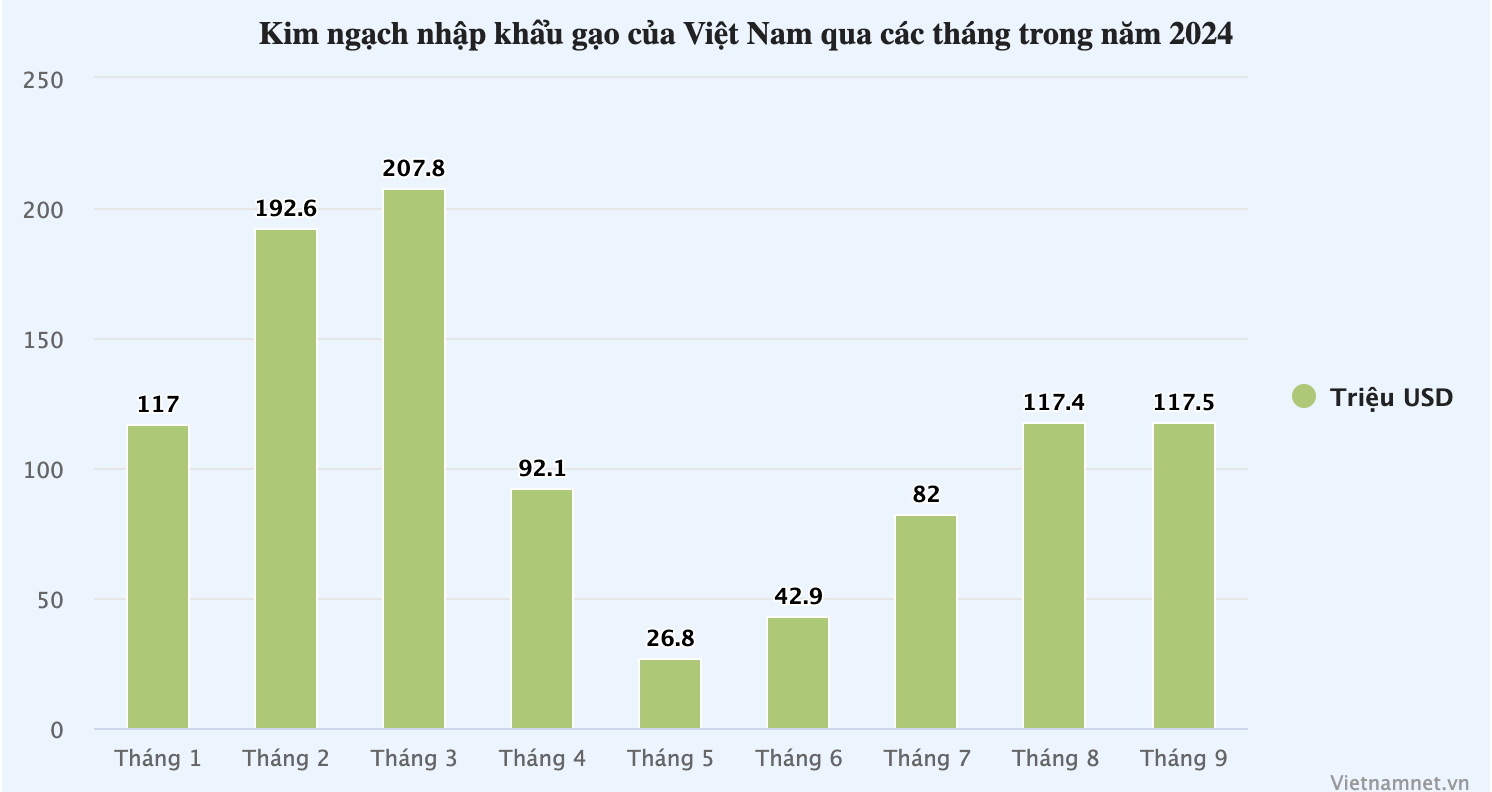 If the import rate is the same as the last two months, in 2024, the import turnover of this item could reach 1.3 billion USD. Some opinions wonder, Vietnam is the world's top rice exporting country, why does it have to spend a large amount of money to import this item every year. In fact, rice products have many different segments such as: rice for cooking; raw rice for processing into cakes, vermicelli, pho, etc. Therefore, in recent years, in addition to exporting, our country has also imported a large amount of rice to compensate when necessary; or imported rice from major exporting countries such as India to process food, make by-products, and animal feed. Since last year, at many times, Vietnam's rice price has far exceeded that of its competitors Thailand and Pakistan. Statistics show that Vietnam's average rice export price in the first 9 months of this year was 624 USD/ton, up 13.1% over the same period last year. Meanwhile, according to records from businesses, the price of imported rice in Vietnam is commonly around 480-500 USD/ton. In recent years, farmers have gradually switched to growing fragrant rice and high-quality rice. The prices of these types of rice on the market are very high. Making vermicelli, pho, and rice paper only requires tough, fluffy rice and low prices. Therefore, with the large gap between domestic and imported rice, manufacturing enterprises choose imported rice for more profit. In addition, the domestic rice supply is currently not much, some exporting enterprises have to increase rice imports from neighboring countries to pay for export orders in the last months of the year. The director of a rice production enterprise in Can Tho said that from now until the end of the year, our country only has the autumn-winter crop left, but it is the crop with the lowest output of the year. That shows that the rice supply for export is not much left. Not to mention, recently nearly 300,000 hectares of rice in the northern provinces were flooded and damaged by storm No. 3. This is not a "rice granary" for export, but it also greatly affects the supply of this item in the domestic market. Therefore, if businesses continue to participate in bidding for rice packages offered by Indonesia, they must increase imports from neighboring countries. Imported rice not only fills the gap in the low-grade rice segment but also has a cheap price, ensuring profits for businesses. Therefore, rice imports do not affect rice production but also help stabilize the price and turnover of Vietnamese rice, this director commented.
If the import rate is the same as the last two months, in 2024, the import turnover of this item could reach 1.3 billion USD. Some opinions wonder, Vietnam is the world's top rice exporting country, why does it have to spend a large amount of money to import this item every year. In fact, rice products have many different segments such as: rice for cooking; raw rice for processing into cakes, vermicelli, pho, etc. Therefore, in recent years, in addition to exporting, our country has also imported a large amount of rice to compensate when necessary; or imported rice from major exporting countries such as India to process food, make by-products, and animal feed. Since last year, at many times, Vietnam's rice price has far exceeded that of its competitors Thailand and Pakistan. Statistics show that Vietnam's average rice export price in the first 9 months of this year was 624 USD/ton, up 13.1% over the same period last year. Meanwhile, according to records from businesses, the price of imported rice in Vietnam is commonly around 480-500 USD/ton. In recent years, farmers have gradually switched to growing fragrant rice and high-quality rice. The prices of these types of rice on the market are very high. Making vermicelli, pho, and rice paper only requires tough, fluffy rice and low prices. Therefore, with the large gap between domestic and imported rice, manufacturing enterprises choose imported rice for more profit. In addition, the domestic rice supply is currently not much, some exporting enterprises have to increase rice imports from neighboring countries to pay for export orders in the last months of the year. The director of a rice production enterprise in Can Tho said that from now until the end of the year, our country only has the autumn-winter crop left, but it is the crop with the lowest output of the year. That shows that the rice supply for export is not much left. Not to mention, recently nearly 300,000 hectares of rice in the northern provinces were flooded and damaged by storm No. 3. This is not a "rice granary" for export, but it also greatly affects the supply of this item in the domestic market. Therefore, if businesses continue to participate in bidding for rice packages offered by Indonesia, they must increase imports from neighboring countries. Imported rice not only fills the gap in the low-grade rice segment but also has a cheap price, ensuring profits for businesses. Therefore, rice imports do not affect rice production but also help stabilize the price and turnover of Vietnamese rice, this director commented.
 If the import rate is the same as the last two months, in 2024, the import turnover of this item could reach 1.3 billion USD. Some opinions wonder, Vietnam is the world's top rice exporting country, why does it have to spend a large amount of money to import this item every year. In fact, rice products have many different segments such as: rice for cooking; raw rice for processing into cakes, vermicelli, pho, etc. Therefore, in recent years, in addition to exporting, our country has also imported a large amount of rice to compensate when necessary; or imported rice from major exporting countries such as India to process food, make by-products, and animal feed. Since last year, at many times, Vietnam's rice price has far exceeded that of its competitors Thailand and Pakistan. Statistics show that Vietnam's average rice export price in the first 9 months of this year was 624 USD/ton, up 13.1% over the same period last year. Meanwhile, according to records from businesses, the price of imported rice in Vietnam is commonly around 480-500 USD/ton. In recent years, farmers have gradually switched to growing fragrant rice and high-quality rice. The prices of these types of rice on the market are very high. Making vermicelli, pho, and rice paper only requires tough, fluffy rice and low prices. Therefore, with the large gap between domestic and imported rice, manufacturing enterprises choose imported rice for more profit. In addition, the domestic rice supply is currently not much, some exporting enterprises have to increase rice imports from neighboring countries to pay for export orders in the last months of the year. The director of a rice production enterprise in Can Tho said that from now until the end of the year, our country only has the autumn-winter crop left, but it is the crop with the lowest output of the year. That shows that the rice supply for export is not much left. Not to mention, recently nearly 300,000 hectares of rice in the northern provinces were flooded and damaged by storm No. 3. This is not a "rice granary" for export, but it also greatly affects the supply of this item in the domestic market. Therefore, if businesses continue to participate in bidding for rice packages offered by Indonesia, they must increase imports from neighboring countries. Imported rice not only fills the gap in the low-grade rice segment but also has a cheap price, ensuring profits for businesses. Therefore, rice imports do not affect rice production but also help stabilize the price and turnover of Vietnamese rice, this director commented.
If the import rate is the same as the last two months, in 2024, the import turnover of this item could reach 1.3 billion USD. Some opinions wonder, Vietnam is the world's top rice exporting country, why does it have to spend a large amount of money to import this item every year. In fact, rice products have many different segments such as: rice for cooking; raw rice for processing into cakes, vermicelli, pho, etc. Therefore, in recent years, in addition to exporting, our country has also imported a large amount of rice to compensate when necessary; or imported rice from major exporting countries such as India to process food, make by-products, and animal feed. Since last year, at many times, Vietnam's rice price has far exceeded that of its competitors Thailand and Pakistan. Statistics show that Vietnam's average rice export price in the first 9 months of this year was 624 USD/ton, up 13.1% over the same period last year. Meanwhile, according to records from businesses, the price of imported rice in Vietnam is commonly around 480-500 USD/ton. In recent years, farmers have gradually switched to growing fragrant rice and high-quality rice. The prices of these types of rice on the market are very high. Making vermicelli, pho, and rice paper only requires tough, fluffy rice and low prices. Therefore, with the large gap between domestic and imported rice, manufacturing enterprises choose imported rice for more profit. In addition, the domestic rice supply is currently not much, some exporting enterprises have to increase rice imports from neighboring countries to pay for export orders in the last months of the year. The director of a rice production enterprise in Can Tho said that from now until the end of the year, our country only has the autumn-winter crop left, but it is the crop with the lowest output of the year. That shows that the rice supply for export is not much left. Not to mention, recently nearly 300,000 hectares of rice in the northern provinces were flooded and damaged by storm No. 3. This is not a "rice granary" for export, but it also greatly affects the supply of this item in the domestic market. Therefore, if businesses continue to participate in bidding for rice packages offered by Indonesia, they must increase imports from neighboring countries. Imported rice not only fills the gap in the low-grade rice segment but also has a cheap price, ensuring profits for businesses. Therefore, rice imports do not affect rice production but also help stabilize the price and turnover of Vietnamese rice, this director commented.Vietnamnet.vn
Source: https://vietnamnet.vn/lan-dau-tien-trong-lich-su-viet-nam-chi-1-ty-usd-nhap-khau-gao-2327453.html


![[Photo] Anh Hoang - Dinh Duc successfully defended the men's doubles championship of the National Table Tennis Championship of Nhan Dan Newspaper](https://vphoto.vietnam.vn/thumb/1200x675/vietnam/resource/IMAGE/2025/5/23/d6ab3bcac02c49928b38c729d795cac6)

![[Photo] Top players gather at the 2025 Nhan Dan Newspaper National Table Tennis Championship](https://vphoto.vietnam.vn/thumb/1200x675/vietnam/resource/IMAGE/2025/5/23/9ad5f6f4faf146b08335e5c446edb107)

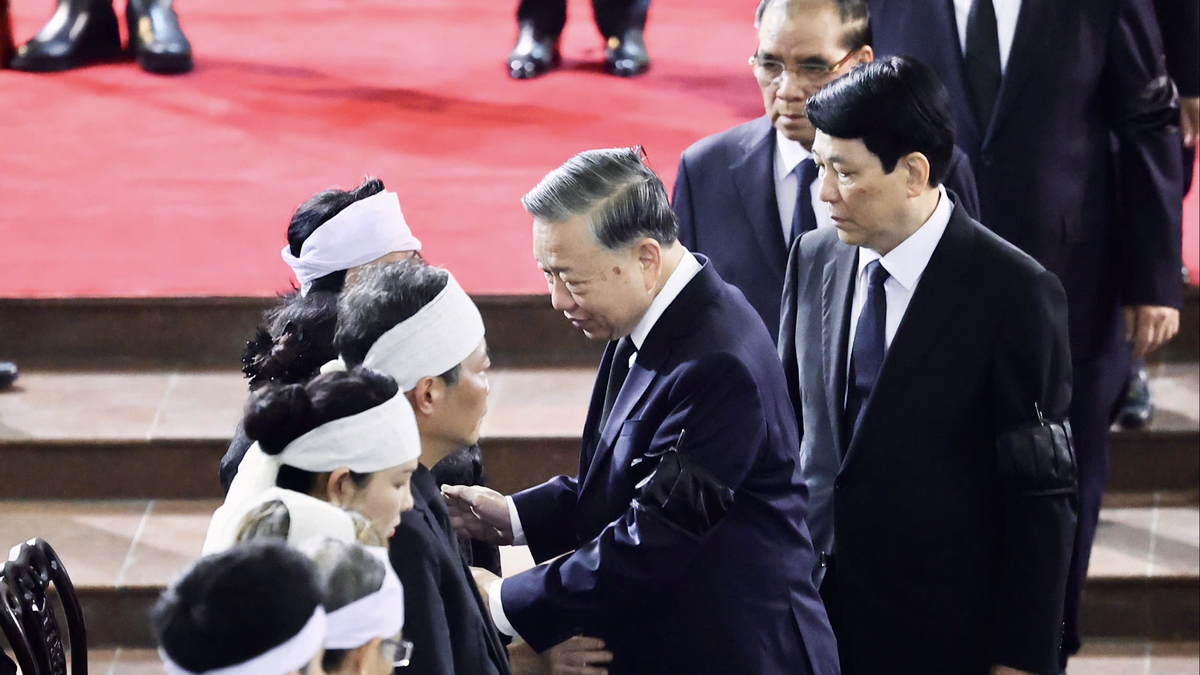







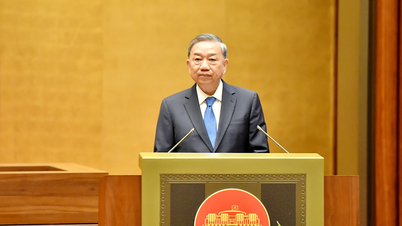
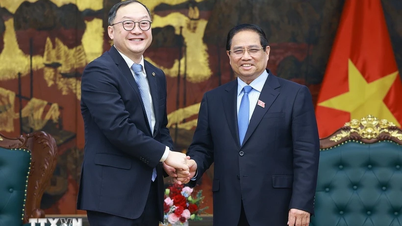



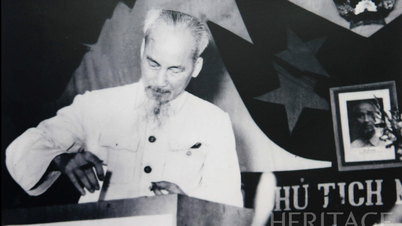


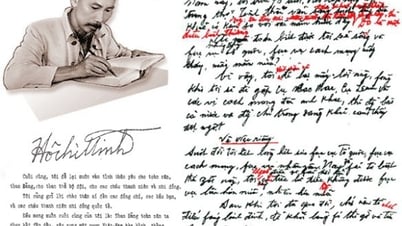
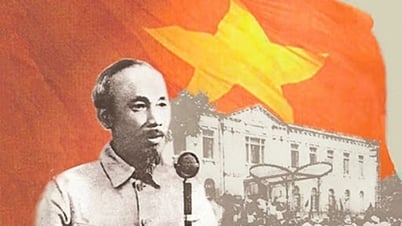







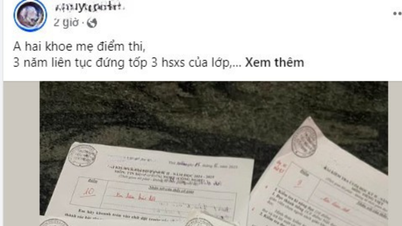





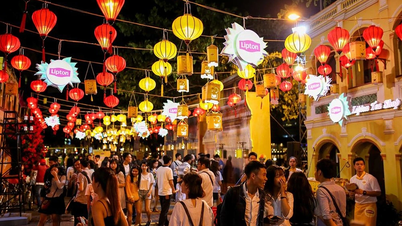


























![[Photo] The Central Party Executive Committee delegation visits former President Tran Duc Luong](https://vphoto.vietnam.vn/thumb/402x226/vietnam/resource/IMAGE/2025/5/24/32f67673454445aab0f1f2af331cb170)
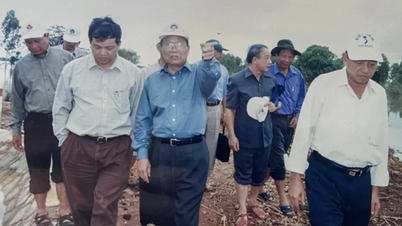

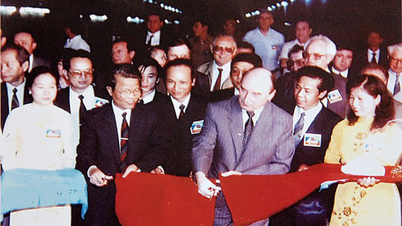
































Comment (0)